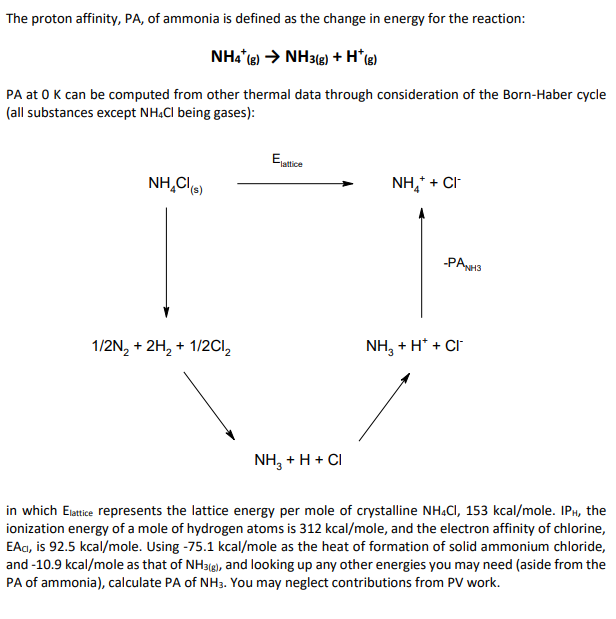Answered step by step
Verified Expert Solution
Question
1 Approved Answer
The proton affinity, PA, of ammonia is defined as the change in energy for the reaction: NH4+(g)NH3(g)+H+(g) PA at 0K can be computed from other

Step by Step Solution
There are 3 Steps involved in it
Step: 1

Get Instant Access to Expert-Tailored Solutions
See step-by-step solutions with expert insights and AI powered tools for academic success
Step: 2

Step: 3

Ace Your Homework with AI
Get the answers you need in no time with our AI-driven, step-by-step assistance
Get Started


